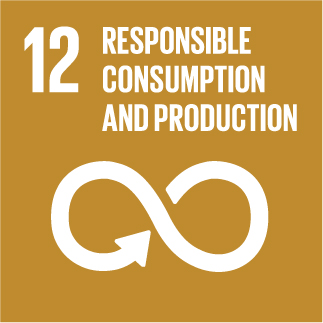Integrated manufacturing of REciclable multi-material COmposites for the TRANSport sector
Chitosan–sEPDM and Melatonin–Chitosan–sEPDM Composite Membranes for Melatonin Transport and Release
Melatonin is the hormone that focuses the attention of the researchers in the medical, pharmaceutical, materials, and membranes fields due to its multiple biomedical implications. The variety of techniques and methods for the controlled release of melatonin is linked to the multitude of applications, among which sports medicine occupies a special place. This paper presents the preparation and characterization of composite membranes based on chitosan (Chi) and sulfonated ethylene-propylene-diene terpolymer (sEPDM). The membranes were obtained by controlled vacuum evaporation from an 8% sEPDM solution in toluene (w/w), in which chitosan was dispersed in an ultrasonic field (sEPDM:Chi = 1:1, w/w). For the comparative evaluation of the membranes’ performances, a melatonin-chitosan-sulfonated ethylene-propylene-diene terpolymer (Mel:Chi:sEPDM = 0.5:0.5:1.0, w/w/w) test membrane was made. The prepared membranes were morphologically and structurally characterized by scanning electron microscopy (SEM), Fourier transform infrared spectroscopy (FTIR), energy-dispersive spectroscopy analysis (EDAX), thermal analysis (TG, DSC), thermal analysis coupled with chromatography and infrared analysis, and contact angle measurements, but also from the point of view of performance in the process of transport and release of melatonin in dedicated environments (aqueous solutions with controlled pH and salinity). The prepared membranes can release melatonin in amounts between 0.4 mg/cm2·per day (sEPDM), 1.6 mg/ cm2·per day (Chi/sEPDM), and 1.25 mg/cm2·per day (Mel/Chi/SEPDM).

» Author: Florentina Mihaela P?ncescu
» Reference: doi: 10.3390/membranes13030282

This project has received funding from the European Union's Horizon 2020 research and innovation programme under grant agreement Nº 768737


